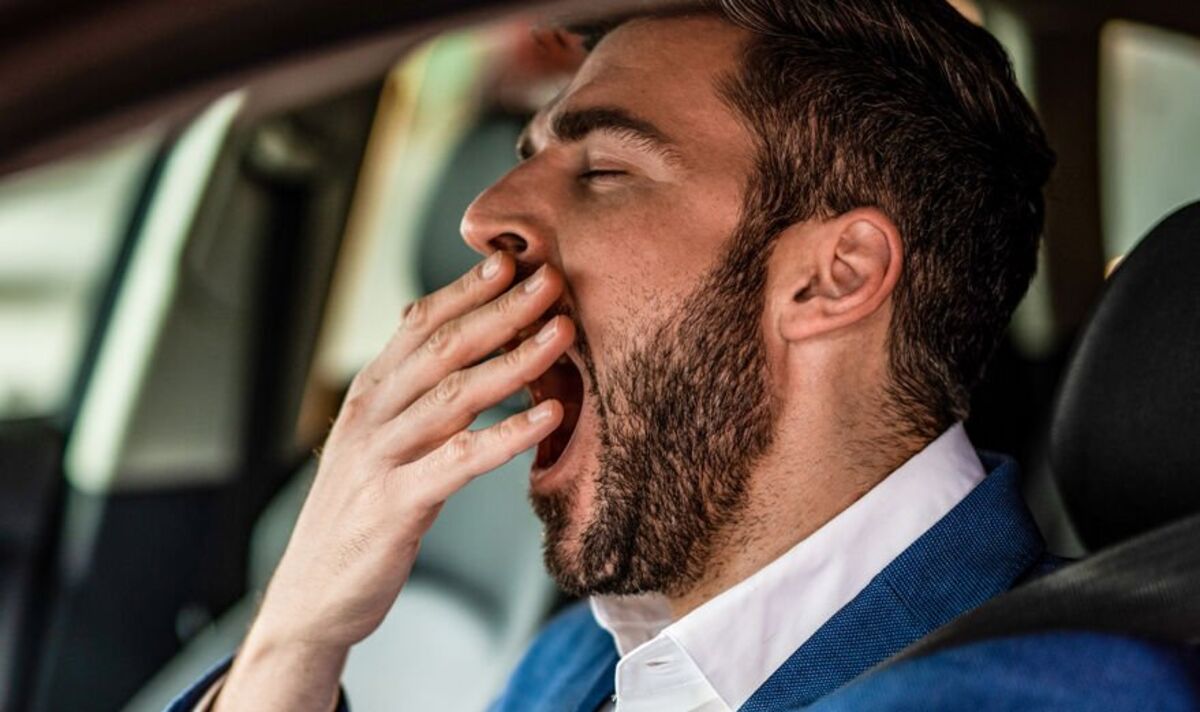Common habits drivers use to stay awake, such as turning up the radio or drinking excessive tea or coffee could be signs of obstructive sleep apnoea (OSA), says a new study.
Around one in five people are estimated to have OSA but the majority of sufferers do not realise they have a problem.
Symptoms mainly occur when a person is asleep and include gasping, snorting or choking noises, loud snoring and breathing that stops and starts.
During the day, a person with OSA may feel very tired, find it hard to concentrate, have mood swings, and have a headache when they wake up.
Because of these symptoms, people with untreated OSA are at higher risk of collisions on the road.
Dr Esther Schwarz from University Hospital Zurich in Switzerland explained: “Obstructive sleep apnoea is of high public health relevance due to its high prevalence, symptoms that impair quality of life and potential cardiovascular consequences.
“In addition to choking, fragmented sleep and unrefreshing sleep, possible symptoms include difficulty concentrating, tiredness and a tendency to fall asleep during the day.”
The researchers said asking people whether they use strategies to stay alert on the road could help spot those with OSA who may be at a higher risk of a driving incident.
Dr Akshay Dwarakanath from St James’s University Hospital, Leeds, said: “Up to one fifth of collisions on the road may be caused by fatigue or sleepiness.
“Many OSA patients drive either for personal or for professional reasons and there is good evidence to suggest that some patients are at increased risk of collisions on the road.”
To get their results the team studied 119 people with OSA who were not yet receiving any treatment compared to 105 other people who did not have OSA.
All the people taking part answered questions about their sleepiness in general, their sleepiness while driving, any strategies they used to stay alert while driving and any history of driving incidents, such as collisions.
Results, published in the journal ERJ Open Research, showed that people with OSA were more likely to use strategies to stay alert at the wheel compared to those without OSA.
Nearly a third of people with OSA said they frequently used more than three coping strategies and none of the people who did not have OSA used more than three coping strategies.
Researchers also found that people with OSA who used more than three strategies felt sleepier in general, sleepier while driving and were more likely to have experienced a crash.
The common habits, or strategies, mentioned most often by people with OSA were:
- Opening the window
- Drinking tea or coffee
- Turning up the radio
- Singing or talking to themselves
- Shifting positions in the seat
- Chewing gum or eating
- Stopping for a walk
- Fidgeting or exercising
- Stopping for a nap
- Stopping to wash their face in cold water
The team believes their results should encourage healthcare professionals to ask about these strategies when assessing patients’ fitness to drive.
Dr Dwarakanath said: “Doctors are often asked to make recommendations about their patient’s fitness to drive.
“This can be challenging as it can have major implications on a patient’s livelihood, particularly if they are a professional driver. However, there is a duty of care on doctors to discourage patients from driving if they are at high risk of causing a collision.
“Our research suggests that untreated OSA patients often use coping strategies that could be surrogate markers of sleepiness.
“Asking about these strategies in the clinic may help doctors identify patients who are at risk of driving incidents and to advise appropriately.”










